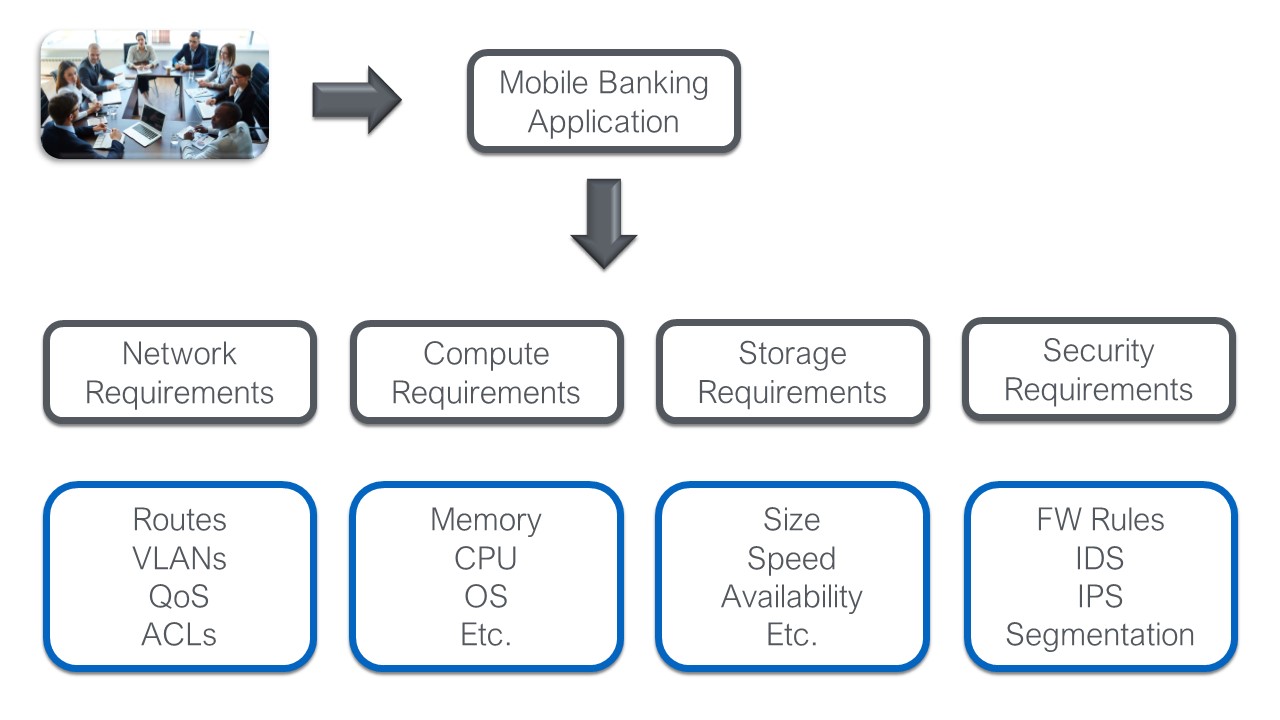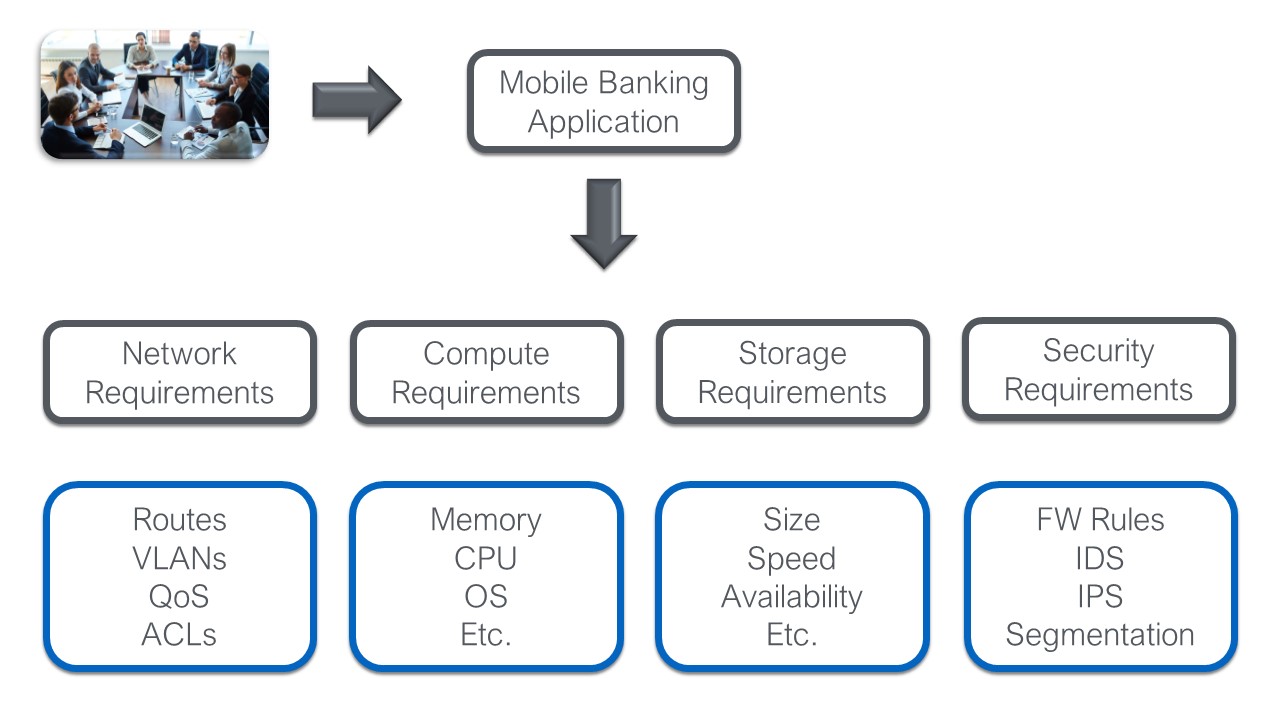Here I am finally getting around to the third part of my blog on Intent Driven Architectures, but hey, what’s a year between friends. If you missed or forgot parts I and II the links are below:
Intent Driven Architectures: WTF is Intent
Intent Driven Architectures Part II: Policy Analytics
Intent Driven Data Center: A Brief Overview Video
Now on to part III and a discussion of how assurance systems finalize the architecture.
What gap does assurance fill?
‘Intent’ and ‘Policy’ can be used interchangeably for the purposes of this discussion. Intent is what I want to do, policy is a description of that intent. The tougher question is what intent intent assurance is. Using the network as an example, let’s assume you have a proper intent driven system that can automatically translate a business level intent into infrastructure level configuration.
An intent like deploying a financial application beholden to PCI compliance will boil down into a myriad of config level objects: connectivity, security, quality, etc. At the lowest level this will translate to things like Access Control lists (ACLs), VLANs, firewall (FW) rules, and Quality of Service (QoS) settings. The diagram below shows this mapping.
Note: In an intent driven system the high level business intent is automatically translated down into the low-level constructs based on pre-defined rules and resource pools. Basically, the mapping below should happen automatically.

The translation below is one of the biggest challenges in traditional architectures. In those architectures the entire process is manual and human driven. Automating this process through intent creates an exponential speed increase while reducing risk and providing the ability to apply tighter security. That being said it doesn’t get us all the way there. We still need to deploy this intent. Still within the networking example the intent driven system should have a network capable of deploying this policy automatically, but how do you know it can accept these changes, and what they will effect?
In steps assurance…
The purpose of an assurance system is to guarantee that the proposed changes (policy modifications based on intent) can be consumed by the infrastructure. Let’s take one small example to get an idea of how important this is. This example will sound technical, but the technical bits are irrelevant. We’ll call this example F’ing TCAM.
F’ing TCAM:
-
TCAM (ternary content addressable memory) is the piece of hardware that stores Access Control Entries (ACEs).
-
TCAM is very expensive, therefore you have a finite amount in any given switch.
-
These are how ACLs get enforced at ‘line-rate’ (as fast as the wire).
- ACLs can be/are used along with other tools to enforce things like PCI compliance.
- An individual DC switch can theoretically be out of TCAM space, therefore unable to enforce a new policy.
- Troubleshooting and verifying that across al the switches in a data center is hard.
That’s only one example of verification that needs to happen before a new intent can be pushed out. Things like VLAN and route availability, hardware/bandwidth utilization, etc. are also important. In the traditional world two terrible choices are available: verify everything manually per device, or ‘spray and pray’ (push the configuration and hope.)
This is where the assurance engine fits in. An assurance engine verifies the ability of the infrastructure to consume new policy before that policy is pushed out. This allows the policy to be modified if necessary prior to changes on the system, and reduces troubleshooting required after a change.
Advanced assurance systems will take this one step further. They perform step 1 as outlined above, which verifies that the change can be made. Step 2 will verify if the change should be made. What I mean by this is that step 2 will check compliance, IT policy, and other guidelines to ensure that the change will not violate them. Many times a change will be possible, even though it will violate some other policy, step 2 ensures that administrators are aware of this before a change is made.
This combination of features is crucial for the infrastructure agility required by modern business. It also greatly reduces the risk of change allowing maintenance windows to be reduced greatly or eliminated. Assurance is a critical piece of achieving true intent driven architectures.

Comments (2)
Comments are closed.